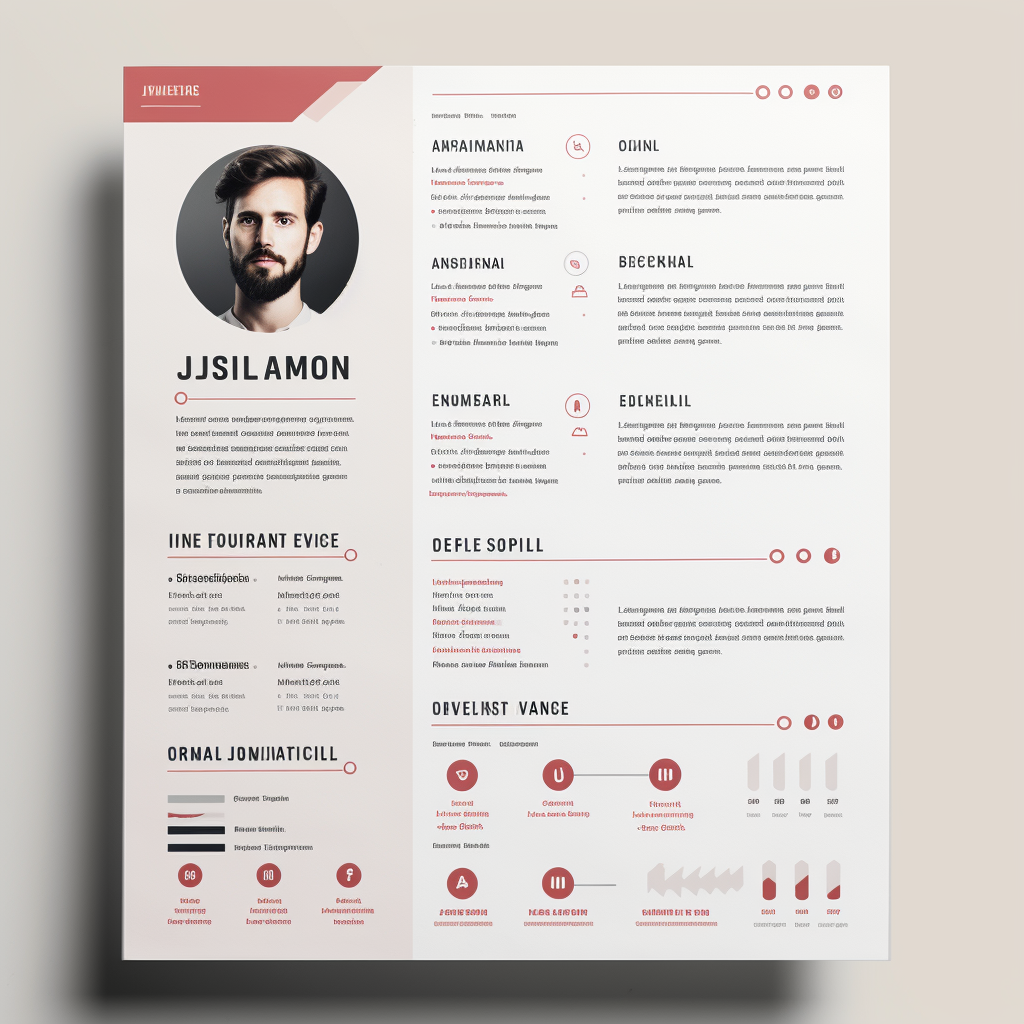Writing online courses on a CV can significantly enhance your job application by showcasing your commitment to continuous learning and skill development. Here’s a guide on how to effectively include online courses on your CV:
1. Select Relevant Courses
Start by choosing online courses that are relevant to the job you’re applying for.
For a digital marketing role, include relevant courses like SEO, content marketing, or social media strategy to demonstrate applicable skills and knowledge.
2. Create a Dedicated Section
If you’ve completed multiple online courses, consider creating a dedicated section on your CV titled ‘Professional Development’, ‘Continuing Education’, ‘Online Courses’, or similar.
Place this section after your work experience and education sections if they are stronger. However, if the courses are highly relevant or your work and academic experience is not as extensive, position it before these sections. This approach ensures that the most compelling aspects of your professional profile receive the foremost attention.
3. Format Consistently
List each course in a consistent format, including the course title, the platform or institution through which it was offered (e.g., Coursera, Udemy, LinkedIn Learning), and the date of completion. If the course is ongoing or you’ve completed it recently, you can mention ‘In progress’ or the respective year.
4. Detail the Skills and Knowledge Gained
For each course, briefly describe the skills and knowledge you acquired.
Under each course, add a brief bullet point to highlight how it prepared you for the industry or specific role. For example, “Gained advanced proficiency in Python and data analysis techniques applicable to large-scale data sets.”
5. Highlight Hands-On Projects or Certifications
If the course involved any hands-on projects, case studies, or culminated in a certification, mention these. This demonstrates practical experience and a tangible outcome of your learning. For example, “Completed a capstone project on machine learning, improving predictive model accuracy by 15%.”

This image was generated using the Discord AI platform.
6. Tailor for Each Application
Customize the online courses section for each job application. Highlight the courses most relevant to each job’s requirements. This tailored approach shows the employer that you’ve taken the time to align your learning with the job’s needs.
7. Be Honest
Only include courses you’ve actually completed or are actively engaged in. Misrepresenting your qualifications can have negative consequences during the hiring process.
8. Consider the CV Length
Be selective about the courses you include if space is limited, particularly if you need to keep your CV to one or two pages. Choose courses that are most relevant and impactful for the position you’re applying to, ensuring your CV remains concise and focused. Prioritize the most relevant and recent courses.
9. Integration with Other Sections
If space is tight or if you’ve only taken a few courses, you can integrate them into the education or skills section of your CV. For example, under skills, you might include a line such as ‘Advanced knowledge of Adobe Photoshop, developed through [Course Name].’
10. Update Regularly
Keep this section of your CV updated as you complete new courses. This demonstrates a commitment to ongoing professional development.
Summary
Including online courses on your CV effectively demonstrates to employers your commitment to proactive learning and skill development in your field. It’s important to present this information concisely and relevantly to strengthen your job application.
Here’s a good article of indeed with examples on how to combine the experience you have learned through E-learning.
If you feel like ready to get your first job in a high tech company, you should read this E-learn.guide.












